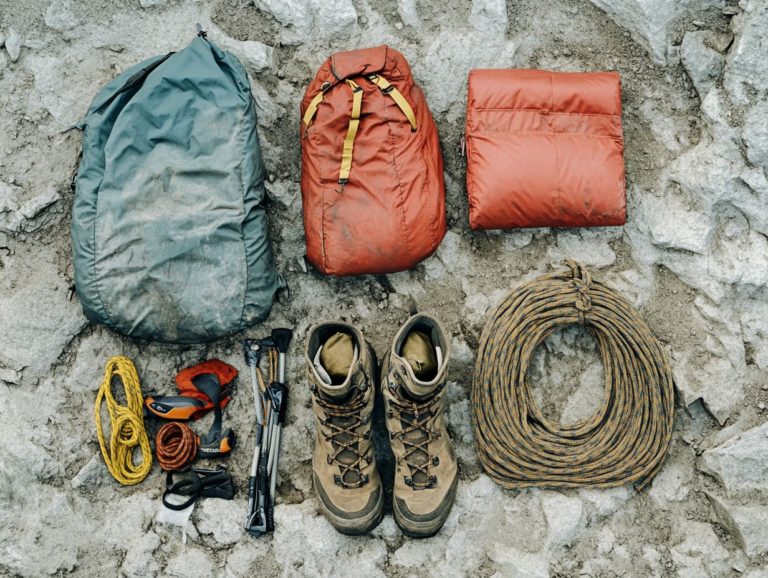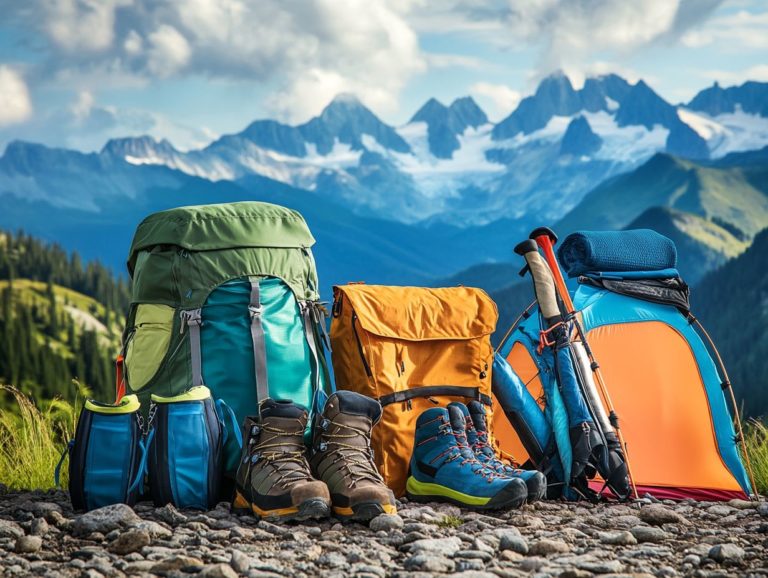What Impact Does Weather Have on Gear Selection?
Weather significantly impacts outdoor activities, shaping both your experiences and the performance of your gear.
Whether you find yourself hiking under the scorching sun or skiing through a snowstorm, understanding the connection between weather conditions and gear choices is essential for ensuring your safety and comfort.
This article explores how different weather types affect gear performance, highlighting the crucial factors to consider when selecting equipment and offering practical tips for gear maintenance.
By the end, you’ll be equipped to make informed decisions that elevate your outdoor adventures to new heights.
Contents
- Key Takeaways:
- Understanding Weather and Gear Selection
- Factors to Consider in Gear Selection
- Matching Gear to Weather Conditions
- Tips for Choosing the Right Gear
- Maintaining and Caring for Gear
- Frequently Asked Questions
- What Impact Does Weather Have on Gear Selection?
- How does cold weather affect gear selection?
- What gear is necessary for hot weather conditions?
- How does wet weather impact gear selection for outdoor activities?
- What types of gear are affected by windy weather?
- What gear should be considered for different types of weather conditions?
Key Takeaways:
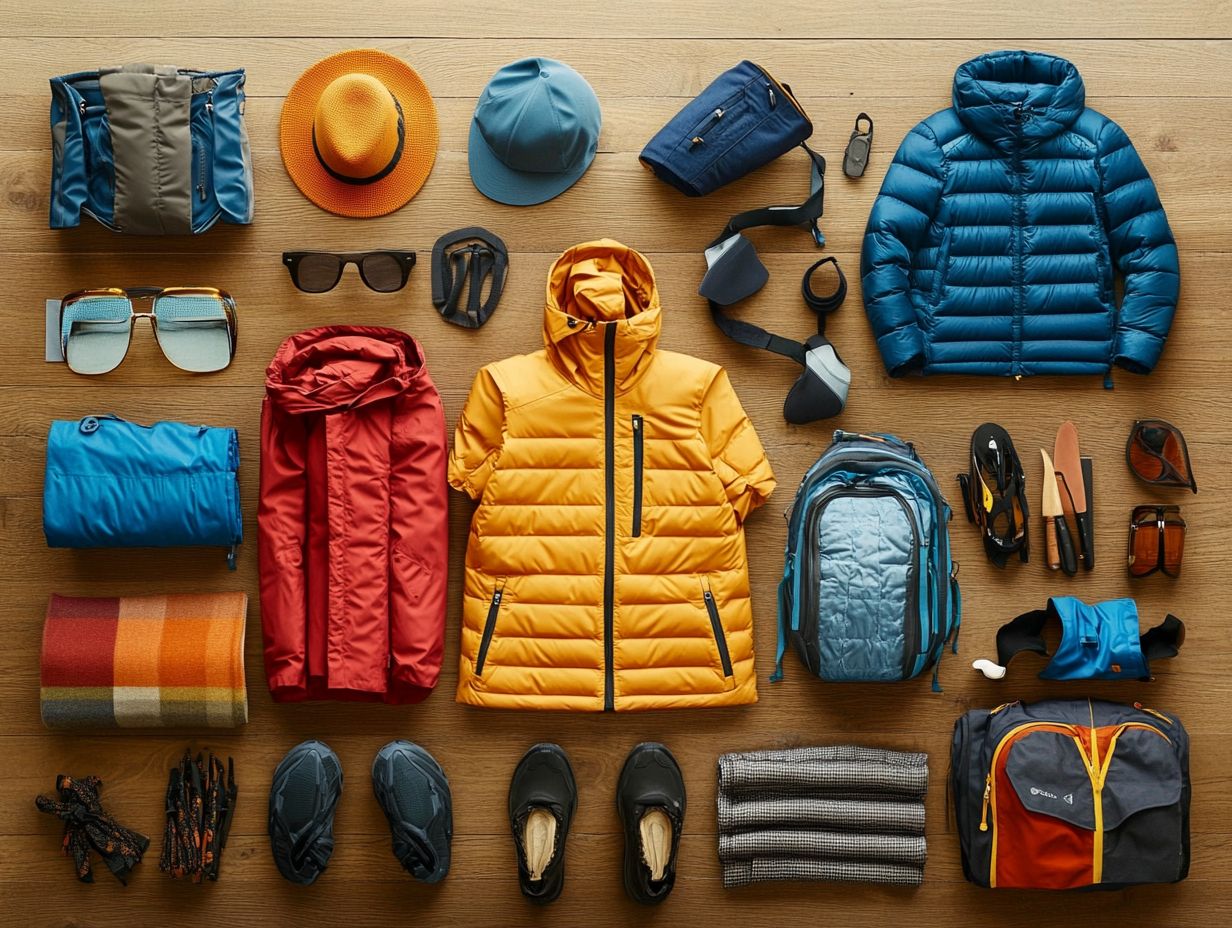
- Weather can greatly impact the performance of gear, so it’s important to understand how different types of weather can affect gear selection.
- When selecting gear, consider the specific weather conditions you will be facing and choose gear designed for those conditions.
- Proper maintenance and storage of gear are crucial for ensuring its longevity and effectiveness in various weather conditions.
Understanding Weather and Gear Selection
Understanding how cold weather affects gear selection is vital for your vehicle’s performance and safety, especially in regions like Colorado, Idaho, and Montana, where winter can be unforgiving.
Cold temperatures can thicken transmission fluid (the fluid that helps your car change gears), potentially causing issues like delayed shifts and rough changes. This highlights the importance of selecting the right gear and maintaining your vehicle regularly for optimal performance.
As temperatures drop, know how various components react to avoid costly repairs and ensure your safety on the roads.
How Weather Affects Gear Performance
Cold weather noticeably impacts your gear’s performance, particularly regarding transmission fluid and potential shifting issues.
When temperatures fall, you may notice that transmission fluid thickens, leading to sluggish shifts and delayed responses. This can result in a less responsive driving experience, making it vital to recognize how cold weather can affect your vehicle.
Many mechanics advise parking in a garage to reduce risks of water damage and overheating. Regular maintenance is especially crucial during winter, ensuring all systems, including the transmission, operate smoothly despite weather challenges.
Factors to Consider in Gear Selection
When selecting gear, consider several key factors to ensure optimal performance, especially regarding vehicle maintenance and the unique challenges posed by cold temperatures.
Types of Weather to Prepare For
Understanding the types of weather to prepare for is critical in preventing issues like transmission problems and ensuring effective winter maintenance.
As a driver, you may encounter various weather conditions, from blustery snowstorms to icy rain, each presenting its own set of challenges for your vehicle. Cold weather can affect battery performance, tire traction, and fluid viscosity, leading to decreased efficiency and higher risk of breakdowns.
To mitigate these risks, stay vigilant by monitoring dashboard warnings that may indicate mechanical issues. Regular maintenance practices, such as checking antifreeze levels, ensuring tires are properly inflated, and replacing worn-out wipers, can make a remarkable difference.
Stay ahead of the game! By keeping an eye on these factors, you’ll boost your vehicle’s performance and ensure safer driving all winter long.
Types of Gear and Their Functions
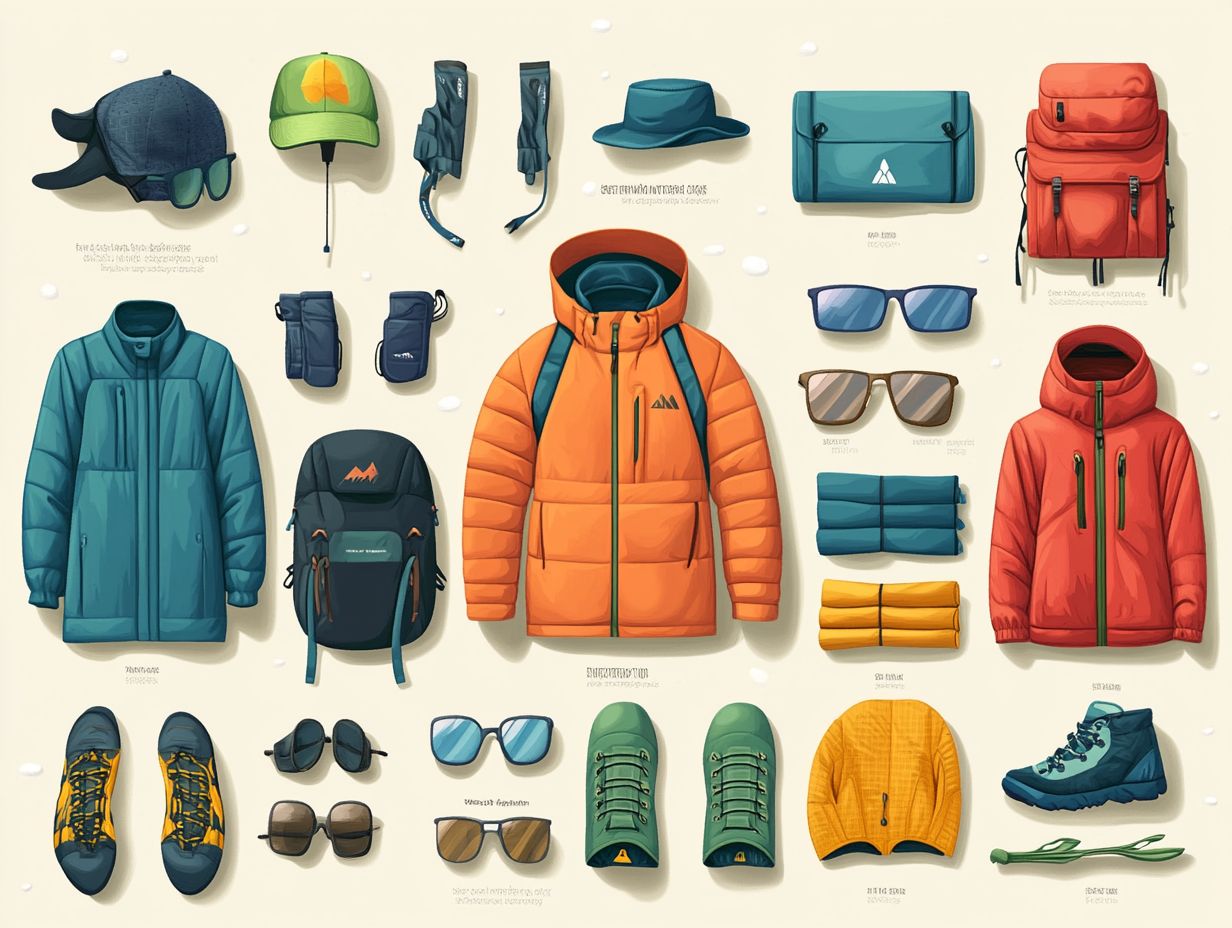
Different types of gear each serve specific purposes in vehicle maintenance, particularly when it comes to ensuring the proper functioning of transmission services, which includes maintaining the parts that help your vehicle shift gears smoothly, and the use of synthetic fluid.
By utilizing specialized components like filters, gaskets, and various seals, you can significantly enhance your transmission’s performance and longevity. Each part is crucial; for instance, filters work diligently to keep contaminants at bay, ensuring that your fluid stays clean and effective.
Investing in high-quality repair parts is vital in colder climates, where extreme temperatures can drastically affect fluid thickness. Synthetic oils, specially made for extreme temperatures, maintain their stability and protective qualities, making them the ideal choices for keeping your vehicle performing at its best when the temperature drops.
Matching Gear to Weather Conditions
Make sure to match your gear to the weather for optimal performance! Cold temperatures can lead to transmission fluid performance issues, and the chances of shifting problems become more pronounced.
Adapting to Changing Weather
Adapting to changing weather conditions is vital for you as a vehicle owner, especially in regions where cold weather is the norm. Acting proactively is essential to prevent costly transmission problems and mitigate the risk of water damage.
In these unpredictable climates, choose weather-appropriate gear and remain vigilant about routine maintenance practices. Understanding how seasonal changes impact your vehicle’s performance will empower you to adopt a proactive strategy. For example, during colder months, insulating critical components can provide protection against extreme temperatures. Ensuring your tires are equipped for varying road conditions is equally crucial.
Consulting with mechanics provides expert insights into the specific adjustments needed as the seasons shift, such as fluid changes and battery checks. This emphasizes the importance of ongoing vehicle care, allowing you to maintain peak performance even when Mother Nature is feeling unpredictable.
Tips for Choosing the Right Gear
When selecting the right gear, think about key factors. Consider not only vehicle maintenance practices but also the specific needs for winter maintenance, while heeding the advice of a trusted mechanic.
Factors to Consider in Gear Selection
When selecting your gear, it s essential to consider factors like the type of synthetic fluid used and the potential for shifting issues during extreme weather conditions. This decision goes beyond mere personal preference; the gear must harmonize with your vehicle’s specific systems.
Each vehicle may have unique requirements or recommendations from the manufacturer that can greatly impact the performance and reliability of the gear. The climate where you drive is also important, as extreme heat or cold can influence fluid thickness and overall functionality.
Therefore, consulting with a mechanic or an automotive expert is highly advisable. This ensures that you make informed choices for maintaining your vehicle, optimizing its longevity and performance while steering clear of costly repairs in the future.
Importance of Proper Fit and Function
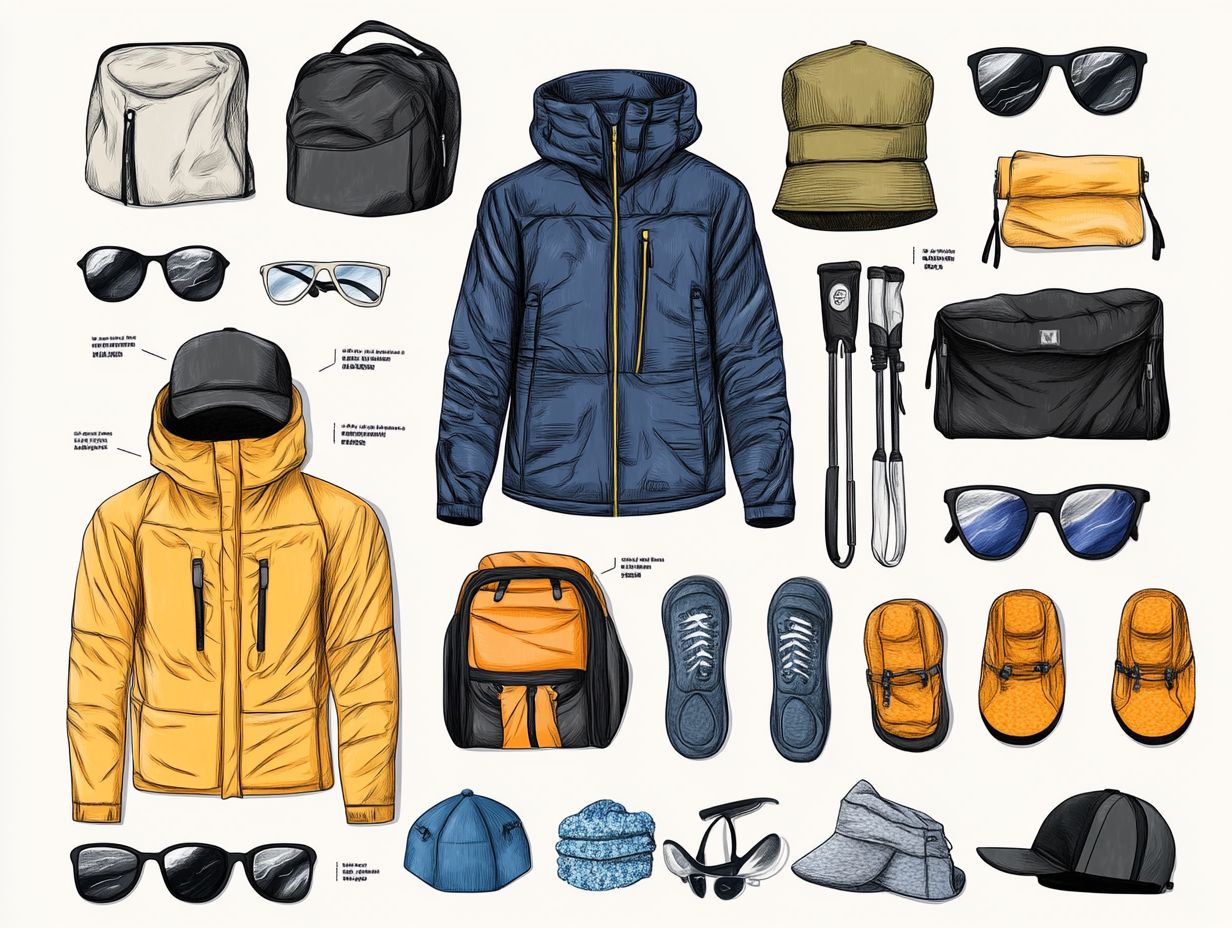
The proper fit and function of your vehicle’s gear are crucial for effective maintenance, particularly when it comes to ensuring that transmission fluid operates optimally in cold temperatures.
When components aren’t aligned or fitted correctly, you might encounter a host of issues, ranging from reduced efficiency to serious mechanical failures. This misalignment can lead to increased wear and tear, potentially costing you significantly in repairs. Prioritizing consultations with experienced mechanics for your maintenance and repairs ensures that every part works in harmony, helping you avoid unexpected breakdowns.
These skilled professionals have the expertise to pinpoint problematic areas and recommend necessary adjustments or replacements, keeping your vehicle running smoothly even in challenging weather conditions.
Is your vehicle ready for the challenges of winter weather? Always reach out to your mechanic for the best advice on keeping your vehicle in top shape.
Maintaining and Caring for Gear
Maintaining and caring for your gear is crucial for vehicle upkeep, especially regarding winter maintenance and ensuring proper functioning of your transmission services. Attention to detail in this area not only improves how your vehicle runs but also extends its lifespan, providing you with a reliable driving experience in even the harshest conditions.
Proper Maintenance and Storage Techniques
Implementing proper maintenance and storage techniques is essential for protecting your vehicle from water damage and ensuring it operates efficiently during the winter months.
Utilizing garage parking is a smart move to shield your vehicle from harsh elements that can exacerbate wear and tear. Don t forget to take action by using protective covers and antifreeze solutions! Antifreeze solutions prevent engine fluids from freezing in cold temperatures.
Mechanics stress the importance of regular check-ups and fluid assessments to prevent freezing issues. They also advise on tire care and battery maintenance. By familiarizing yourself with the best practices for gear longevity, you can enhance performance and significantly reduce the risk of costly repairs caused by the impacts of cold weather.
Frequently Asked Questions
What Impact Does Weather Have on Gear Selection?
Weather conditions can significantly impact the type of gear suitable for a particular activity. Different weather conditions require different levels of protection, insulation, and durability to ensure safety and comfort while engaging in the activity. Regular maintenance and mechanical services become crucial in ensuring your gear is ready for changing weather.
How does cold weather affect gear selection?
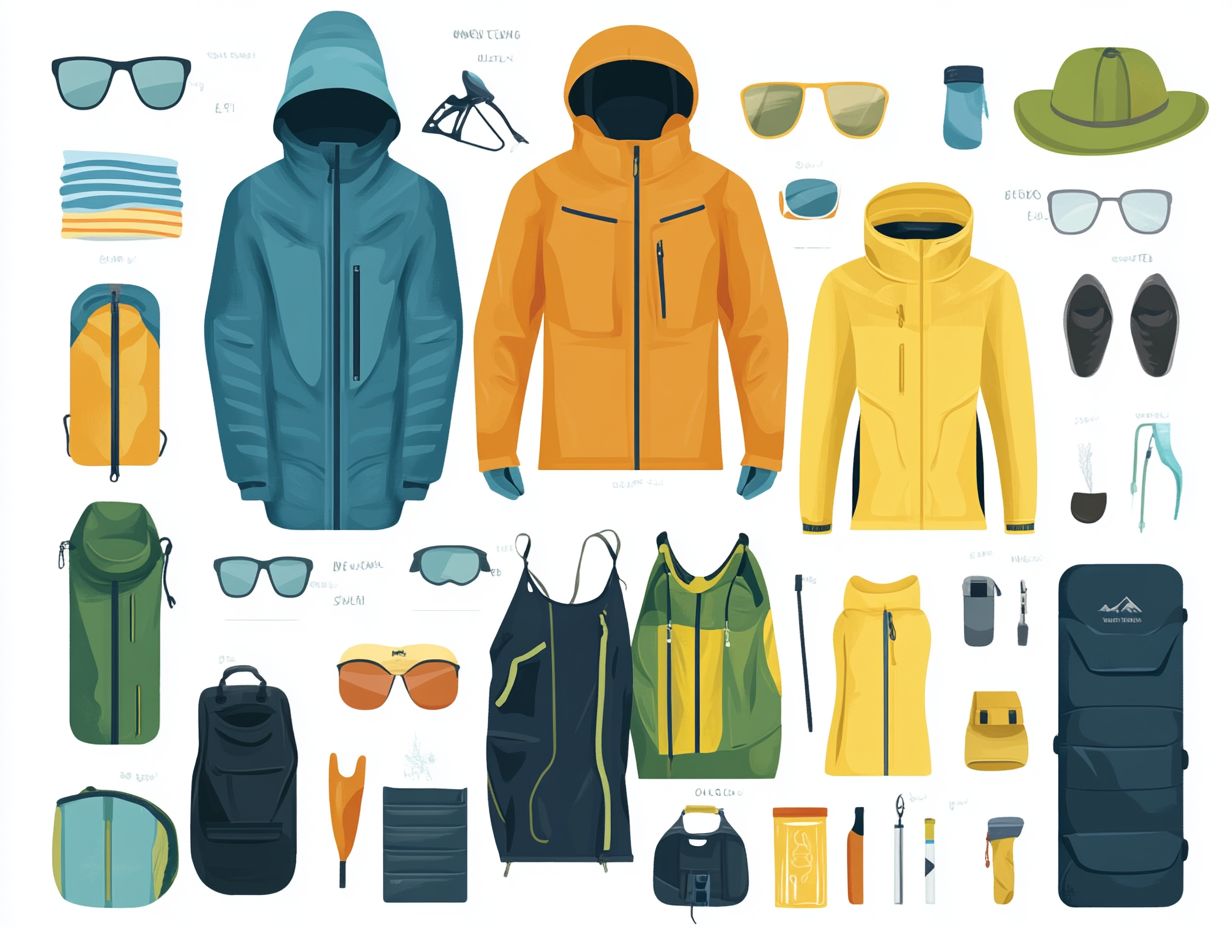
Cold weather can greatly impact gear selection as it requires layers of insulation to keep warm. Thicker and heavier clothing, such as jackets and boots, may be necessary to protect against the cold. It is also essential to consider waterproof or water-resistant gear to protect against rain or snow. Overheating can happen if vehicles are not well maintained in winter.
What gear is necessary for hot weather conditions?
Select lightweight, breathable gear that protects against harmful UV rays. Opt for moisture-wicking clothing, wide-brimmed hats, and reliable sunscreen.
If you’re driving, check that your vehicle’s maintenance is up to date to avoid shifting issues.
How does wet weather impact gear selection for outdoor activities?
In wet weather, waterproof gear is essential. Rain jackets, waterproof boots, and covers for your electronics are must-haves to keep you dry.
Water damage can impact vehicle maintenance if you don t take proper precautions.
What types of gear are affected by windy weather?
Strong winds require wind-resistant gear to prevent damage. Invest in sturdy tents, windproof jackets, and secure ties for your equipment.
Watch for dashboard warning lights; they may indicate needed repairs if your vehicle is jolted by gusts.
What gear should be considered for different types of weather conditions?
Research the expected weather for your activity and choose appropriate gear. Hiking in mountains needs different equipment than camping in a desert.
Always have a backup plan for unexpected weather changes. Understanding synthetic fluid can help with vehicle maintenance decisions.



